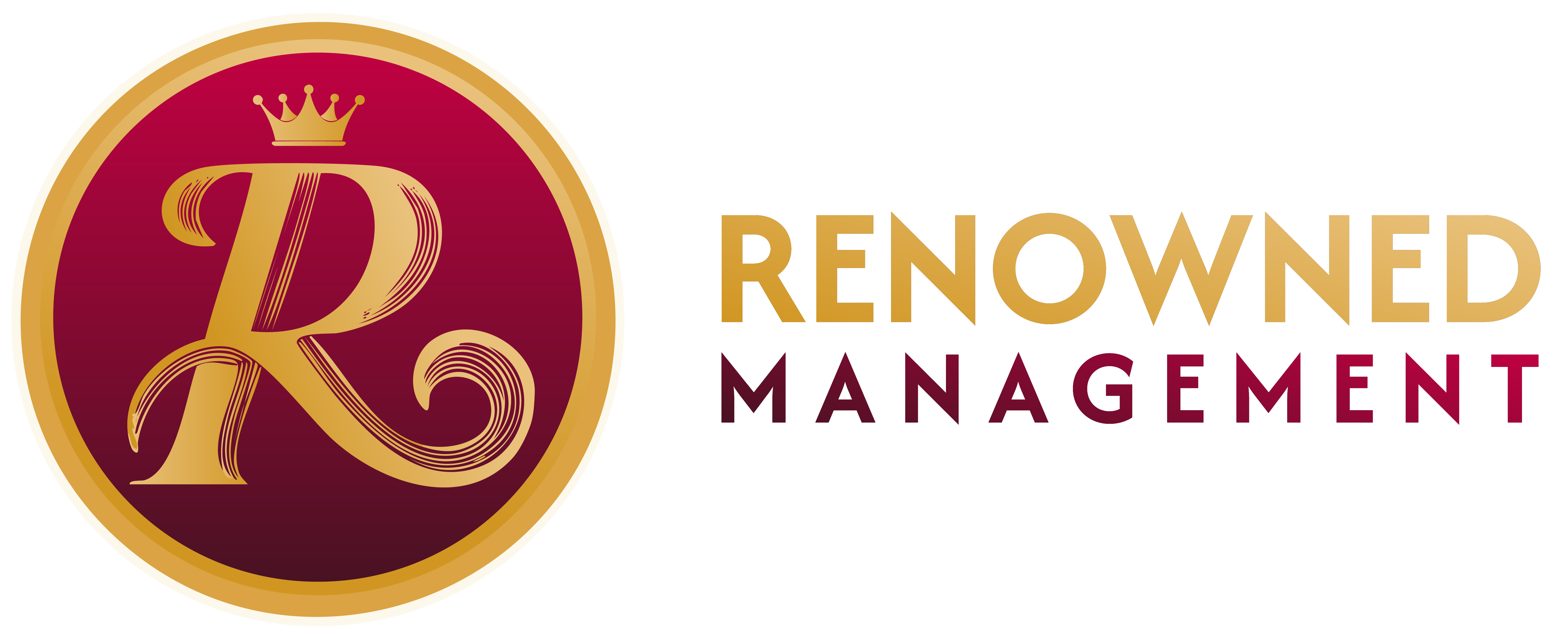Employees increasingly seek opportunities to grow, learn, and advance in their roles, while organizations recognize the value of investing in their workforce. At the heart of this dynamic lies the employee growth plan, a strategic tool designed to align individual aspirations with organizational goals.
An employee growth plan is more than just a checklist of tasks or training sessions. It’s a structured roadmap that empowers individuals to set professional development goals, acquire new skills, and achieve long-term career success. Whether you’re an employee looking to climb the corporate ladder or an employer aiming to retain top talent, understanding the importance of career progression and how to foster it is crucial.
This blog explores how a well-crafted growth plan can unlock potential, drive motivation, and create a win-win scenario for employees and organizations.
What Is an Employee Growth Plan?
An employee growth plan is a personalized roadmap designed to help individuals achieve their career aspirations while aligning with organizational objectives. Unlike generic training programs, it focuses on tailored development, addressing each employee’s strengths, weaknesses, and goals. This structured approach ensures that growth is intentional, measurable, and impactful, creating a clear path for advancement.
An employee growth plan includes goal setting, skill development, mentorship, and regular feedback. For example, a junior designer might have a plan that outlines steps to master advanced design tools, collaborate with senior team members, and lead a project within a year. By breaking down long-term objectives into actionable steps, employees can track their progress and stay motivated, while organizations benefit from a more skilled and engaged workforce.
Why Is Career Progression Important in the Modern Workplace?
Career progression has become a top priority for employees and employers alike. In an era where job-hopping is common, offering clear pathways for advancement is essential for retaining top talent. Employees want to feel that their efforts contribute to long-term success. At the same time, organizations need skilled and motivated teams to stay competitive.
A well-defined employee growth plan addresses this need by fostering continuous learning and adaptability. For instance, a software engineer who sees opportunities to advance into a leadership role is likelier to stay with a company that invests in their development. This alignment between personal and organizational goals boosts retention and drives innovation and productivity, creating a win-win scenario for all stakeholders.
How Employee Growth Plans Drive Motivation and Engagement
Motivation and engagement are the cornerstones of high performance, and an employee growth plan is one of the most effective tools to foster both. By providing a clear roadmap for development, these plans give employees a sense of purpose and direction, which directly impacts their enthusiasm and commitment.
1. Creating a Sense of Purpose
Employees who understand how their roles contribute to broader organizational goals feel more connected to their work. An employee growth plan aligns individual aspirations with company objectives, helping employees see the bigger picture and stay motivated.
2. Building Confidence Through Milestones
Achieving milestones within a growth plan fosters a sense of accomplishment. Whether completing a certification or leading a project, these small wins boost confidence and encourage employees to take on bigger challenges.
3. Encouraging Ownership and Accountability
Growth plans empower employees to take ownership of their development. By setting professional development goals and tracking progress, individuals become more proactive and accountable, driving continuous improvement.
4. Providing Recognition and Rewards
Regular feedback and recognition for achieving milestones reinforce positive behavior. Celebrating successes, no matter how small, keeps employees engaged and motivated to push forward.
5. Fostering a Culture of Continuous Learning
A growth plan encourages employees to embrace lifelong learning. By offering opportunities for skill-building and career advancement, organizations create an environment where employees feel valued and inspired to grow.
Enhancing Skills Through Targeted Development
Skill development is the backbone of any successful employee growth plan. In a rapidly changing job market, staying relevant requires focusing on technical expertise and interpersonal abilities.
Technical Skills for Specialized Roles
Hard skills, such as data analysis, coding, or financial modeling, are essential for specific roles. For example, an IT professional might focus on mastering cloud computing technologies to stay ahead. Targeted training programs, certifications, and hands-on projects can help employees acquire these skills efficiently.
Soft Skills for Holistic Growth
Soft skills like communication, leadership, and emotional intelligence are equally crucial for career progression. For instance, a project manager might improve their conflict resolution and team collaboration abilities to lead more effectively. Workshops, mentorship, and real-world practice are excellent ways to develop these competencies.
Adaptability and Lifelong Learning
In today’s dynamic workplace, adaptability is a critical skill. Employees must be willing to learn continuously and embrace change. An employee growth plan that includes opportunities for cross-functional training, exposure to new technologies, and participation in industry events ensures that individuals remain agile and future-ready.
The Long-Term Benefits of a Structured Growth Plan
The impact of an employee growth plan extends far beyond immediate skill acquisition. It lays the foundation for sustained career success, personal fulfillment, and organizational growth.
- Increased Job Satisfaction and Loyalty: Employees who see a clear path to advancement are more satisfied and committed to their organization. A structured growth plan demonstrates that the company values its contributions, fostering loyalty and reducing turnover.
- Leadership Development and Succession Planning: Growth plans prepare employees for leadership roles, ensuring a pipeline of capable leaders. Organizations can address leadership gaps and ensure continuity by identifying high-potential individuals and providing targeted training.
- Expanded Professional Networks: Mentorship and collaboration opportunities within a growth plan help employees build valuable connections. These networks open doors to new possibilities, ideas, and collaborations, enriching personal and organizational growth.
- Enhanced Adaptability and Resilience: Employees who continuously learn through a growth plan become more adaptable and resilient. This ability to navigate change and uncertainty is crucial in today’s fast-paced work environment.
- Improved Organizational Performance: Skilled and motivated employees increase productivity and innovation. A structured growth plan ensures the workforce remains competitive and can drive organizational success.
- Stronger Employer Brand: Companies known for supporting career progression attract top talent. A reputation for investing in employee development enhances the employer brand, making recruiting and retaining skilled professionals easier.
- Greater Employee Empowerment: Growth plans empower employees to take control of their careers. By setting and achieving professional development goals, individuals gain confidence and a sense of ownership over their future.
- Alignment of Personal and Organizational Goals: A structured growth plan ensures that individual aspirations align with company objectives. This alignment creates a win-win scenario where employees thrive, and organizations achieve their strategic goals.
- Long-Term Career Fulfillment: A structured plan helps employees achieve long-term career fulfillment by providing opportunities for continuous growth and advancement. This sense of achievement and progress contributes to overall well-being and job satisfaction.
How to Implement an Effective Employee Growth Plan
Creating and implementing an employee growth plan requires a strategic and collaborative approach. Here are seven key steps to ensure the plan is effective, actionable, and aligned with both individual and organizational goals:
- Collaborate with Employees
The foundation of any successful growth plan is understanding the employee’s aspirations, strengths, and areas for improvement. Hold regular one-on-one meetings to discuss career goals and gather insights into what motivates them. This collaboration ensures the plan is personalized and meaningful.
- Set SMART Goals
Goals should be Specific, Measurable, Achievable, Relevant, and Time-bound. For example, instead of a vague goal like “improve communication skills,” a SMART goal would be “complete a public speaking course and deliver three team presentations within six months.” Clear objectives provide direction and make progress easier to track.
- Leverage Available Resources
Provide employees with access to the tools and resources they need to succeed. This could include training programs, online courses, mentorship opportunities, or industry conferences. For instance, a tech company might offer subscriptions to coding boot camps or sponsor certifications in emerging technologies.
- Create a Structured Timeline
Break down long-term goals into smaller, actionable steps with clear deadlines. A timeline helps employees stay focused and motivated while ensuring steady progress. For example, a junior marketer might have quarterly milestones, such as completing a digital marketing course, leading a campaign, and presenting results to the team.
- Provide Regular Feedback and Support
Frequent check-ins are essential to monitor progress and address challenges. Constructive feedback helps employees stay on track, while recognition of achievements boosts morale. Managers should act as coaches, offering guidance and support throughout the process.
- Encourage Accountability and Ownership
Empower employees to take ownership of their growth by involving them in planning. Encourage them to track their progress, seek learning opportunities, and take initiative. This sense of responsibility fosters engagement and commitment to the plan.
- Adapt and Evolve the Plan
A growth plan should be flexible enough to adapt to changing circumstances, such as shifts in organizational priorities or personal goals. Regularly review and update the plan to ensure it remains relevant and aligned with the employee’s aspirations and the company’s needs.
Connect With Renowned Management: Your Partner in Growth
An employee growth plan is more than just a development tool—it’s a catalyst for unlocking career potential and driving organizational success. From setting professional development goals to enhancing skills and fostering motivation, these plans create a clear path for growth. They align individual aspirations with organizational objectives, ensuring employees feel valued and empowered while companies benefit from a skilled, engaged, and loyal workforce. Individuals and organizations can thrive in today’s competitive landscape by prioritizing career progression and investing in structured development.
With expertise in crafting tailored development strategies, Renowned Management stands ready to help you unlock your full potential. Whether you’re an employee seeking to advance your career or an organization aiming to build a future-ready team, our proven approach ensures meaningful and sustainable growth.
Let’s create a growth plan that transforms aspirations into achievements—contact us today and start your journey toward success.

